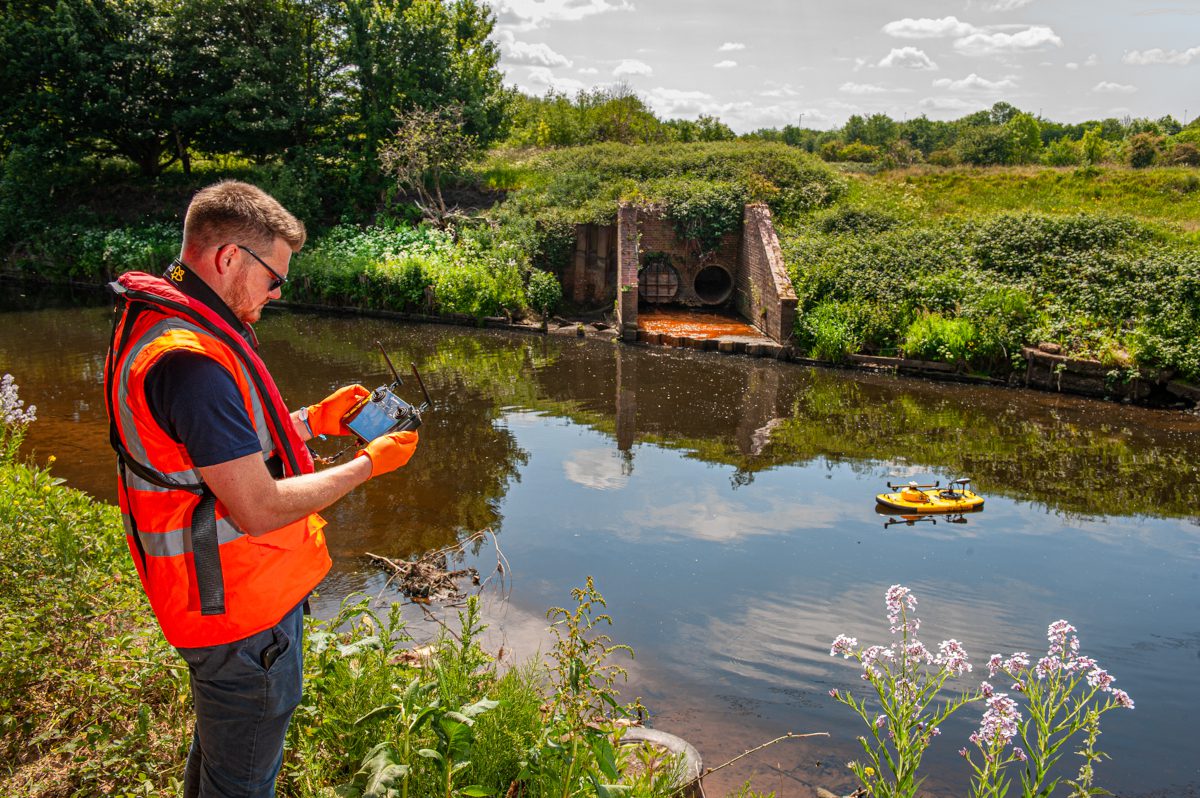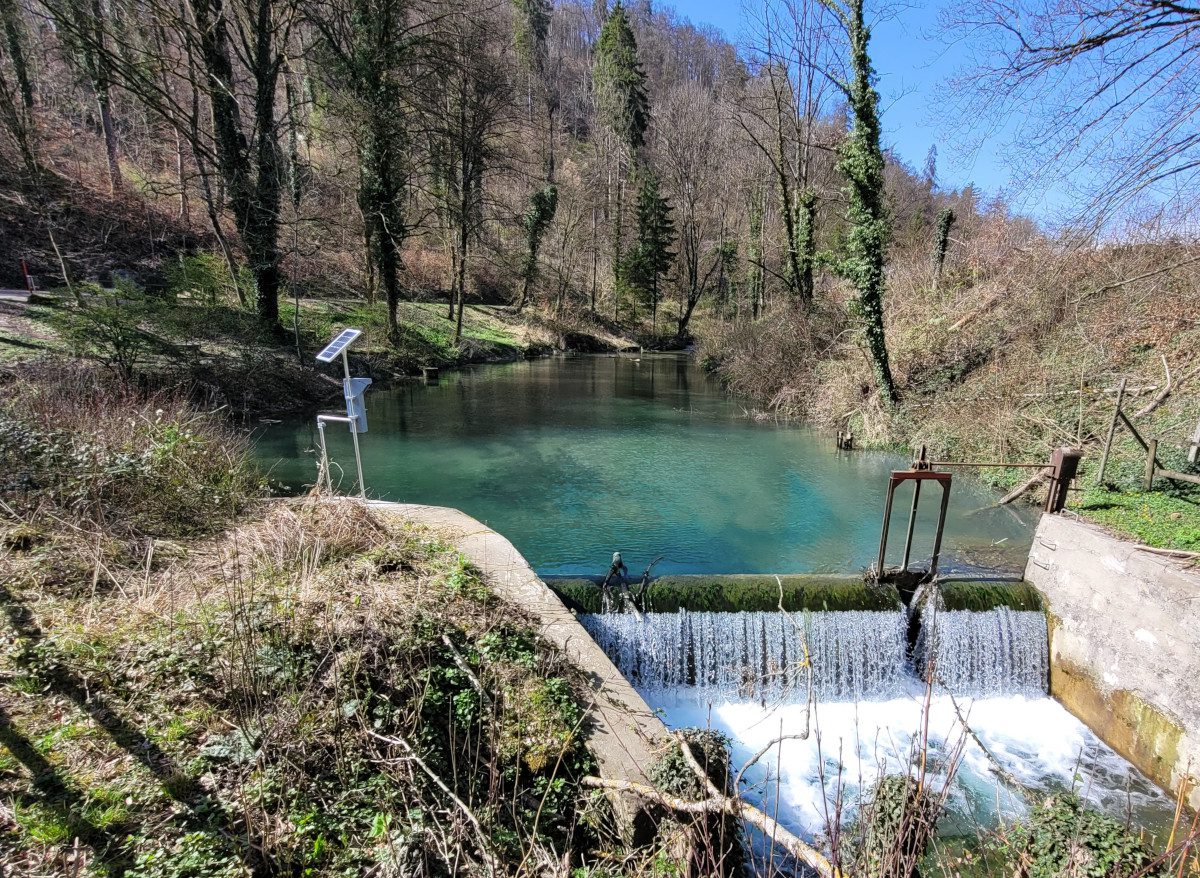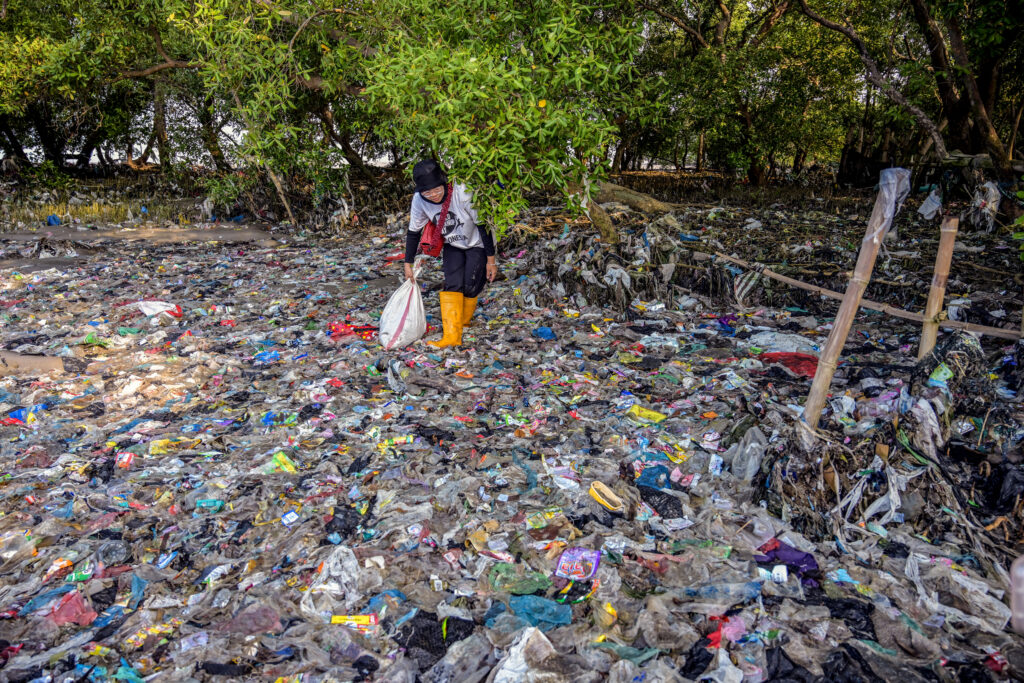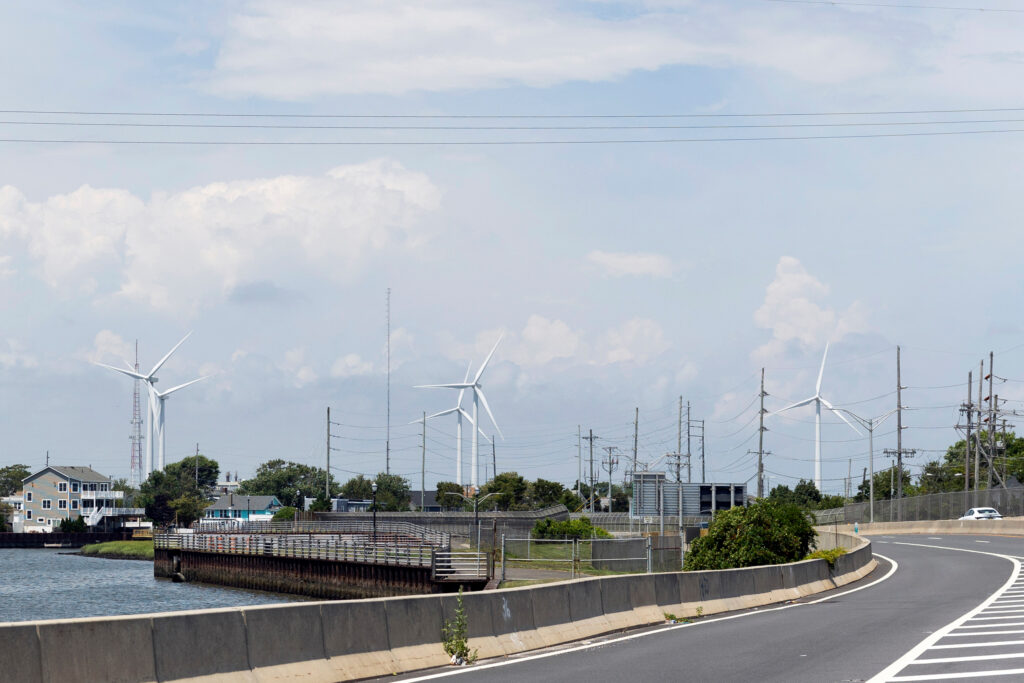Scientists have outlined the urgent actions they believe are needed to protect Scotland’s lochs from the impacts of climate change, estimating that harmful algal blooms cost the national economy at least £16.5 million a year.
The UK Centre for Ecology & Hydrology (UKCEH) and The James Hutton Institute have outlined a series of recommendations in a new report for CREW – Scotland’s Centre of Expertise for Waters.
It follows their previous study for CREW which revealed the country’s lochs and reservoirs are already undergoing rapid and extensive warming, with water temperatures of most monitored lochs rising by between 0.25 and 1 degree Celsius per year between 2015 and 2019. That study also projected that between 2020 and 2080, loch and reservoir temperatures could further increase up to 3 degrees Celsius in total over that period.
Coupled with high concentrations of plant nutrients such as phosphorus, most of which enter water courses via agricultural runoff, this is fuelling outbreaks of algal blooms. These blooms negatively affect water quality and aquatic biodiversity, and produce toxins harmful to animals and people.
The estimated annual cost of £16.5 million includes higher water treatment costs, financial losses for local business when water courses are shut to the public, and reductions in property values in the surrounding area.
The new report for CREW, which is based at the Hutton, warns that if there is no action to limit global warming or nutrient pollution, the concentration of phosphorus in our waters could more than double, due to changes in land use and rainfall patterns. This, together with warmer waters, will greatly increase the risk of harmful algal blooms.
However, the researchers at UKCEH and the Hutton estimate that, under a best-case scenario where there is action to reduce greenhouse gas emissions and to follow sustainable land management practices, phosphorus pollution could fall by 20 per cent compared to now.
The report underscores that, until there is significant global action to tackle emissions and meet Paris Agreement targets on global warming, it is important that other measures are taken across Scotland to mitigate impacts.
Prevention rather than cure
The main recommendation emphasises the need to implement efficient land management policies and practices aimed at reducing the amount of phosphorus entering lochs and reservoirs. This crucial nutrient is present in fertilisers as well as animal and human waste.
Across most of Scotland, runoff from land is the main source of phosphorus pollution and is likely to increase because of climate change. Only 1 per cent of the 7,000 lochs studied receive effluent from wastewater treatment works. However, excess nutrient pollution from wastewater is known to be an issue at some lochs, so tackling this would increase ecosystems’ resilience to the impacts of climate change,
Freshwater ecologist Dr Linda May of UKCEH, lead author of the report, said: “Our climate is changing rapidly and harmful algal blooms are becoming more common. This is reducing the value of our water courses for recreation, water supply and wildlife habitat. To mitigate these effects, we need to reduce nutrient inputs to our lochs and reservoirs.
“Our report shows that, by adopting more sustainable land use practices and lifestyles we can protect our lochs for future generations to enjoy.”
The authors of Mitigating Climate Change Impacts on the Water Quality of Scottish Standing Waters say small-scale interventions, such as installing more buffer strips on land near lochs, have much less impact in reducing phosphorus run-off.
Dr Miriam Glendell of The James Hutton Institute said: “Our modelling has shown than more efficient use of fertilisers informed by regular soil testing to match applications to crop demand could almost halve the amount of nutrients being lost from land to water.”
Regarding other possible solutions, the authors say more investigation is needed into the effectiveness, cost and environmental impact of chemical treatments and the removal of nutrient-rich sediment or water.
Better monitoring
The Climate Change Committee has said that many climate-related risks in Scotland are largely unknown due to a lack of effective monitoring of our environmental systems, including our standing waters.
The new report published by CREW reiterates this, adding that the risks of phosphorus pollution and of algal blooms should be monitored at individual sites in addition to regular soil testing on farms to encourage improved nutrient use efficiency.
The authors also call for a comprehensive assessment of the cost impacts of algal blooms, saying their calculation, is likely to be an underestimate. For example, it excludes veterinary and medical costs.
The estimated cost of a single outbreak at Loch Leven, based on loss of income to the fishery, hotels, restaurants and other local businesses, is about £2 million per year.
Threat to water quality
Rachel Helliwell, CREW Director, said: “If action is not taken to mitigate the effects of climate change, it is likely that the frequency and magnitude of harmful outbreaks of algal blooms will increase, resulting in the failure of many waters to comply with international water quality standards and exceed the upper limits for safe use set by the World Health Organisation.”
Màiri McAllan, Cabinet Secretary for Wellbeing Economy, Net Zero and Energy in the Scottish Government, said: “Like the linked challenge of climate change, the loss of species and degradation of our natural environment is an emergency. That’s why the Scottish Government has committed to spending £65m on nature restoration during the course of this parliament via our Nature Restoration Fund – Scotland’s largest ever fund for nature. This includes providing support for targeted tree planting on banks to help cool our rivers which will protect species such as wild Atlantic salmon.
“We’ve also committed £315m since 2015 through our Agri-Environment Climate Scheme (AECS) to support sustainable and regenerative farming practices, and this year’s AECS also includes support for irrigation lagoons which should assist in water resource management and help in mitigating the effects of climate change.”
Mitigating Climate Change Impacts on the Water Quality of Scottish Standing Waters will be available on the CREW website from 00:01 20.03.2024 at crew.ac.uk/publication/mitigating-climate-change-phase-2


















